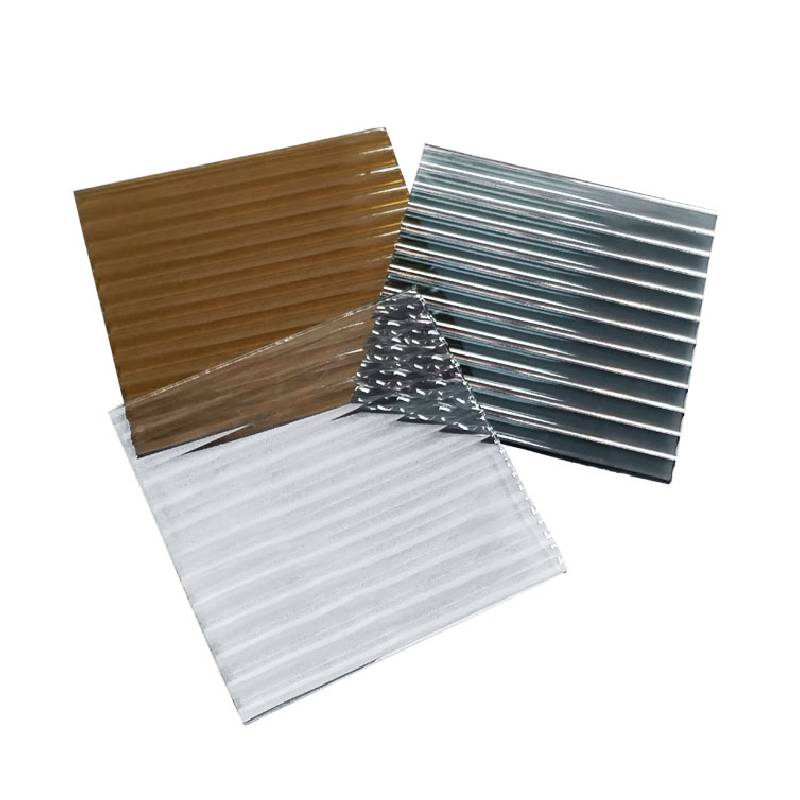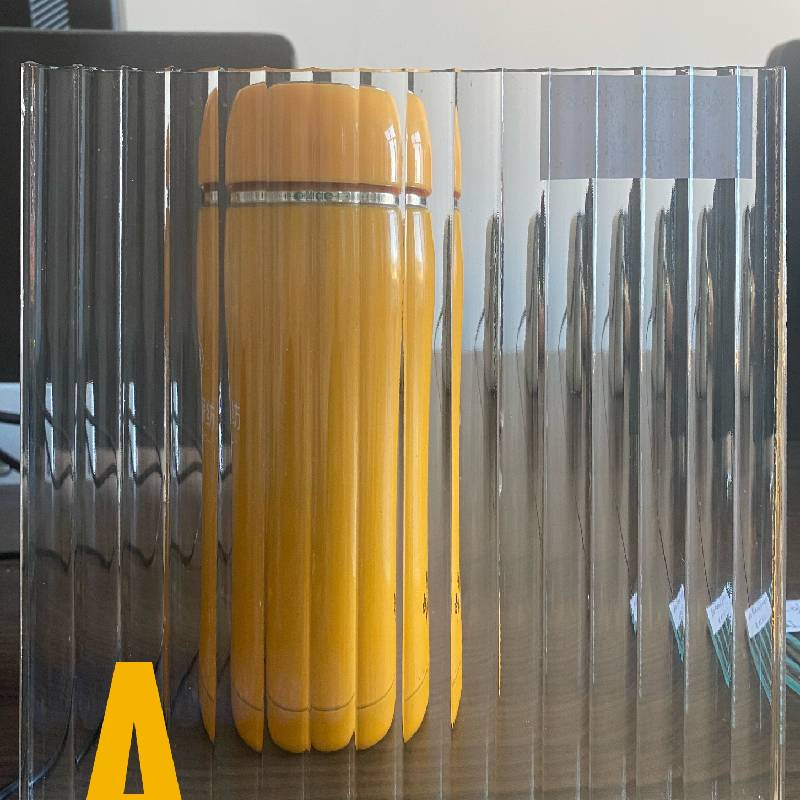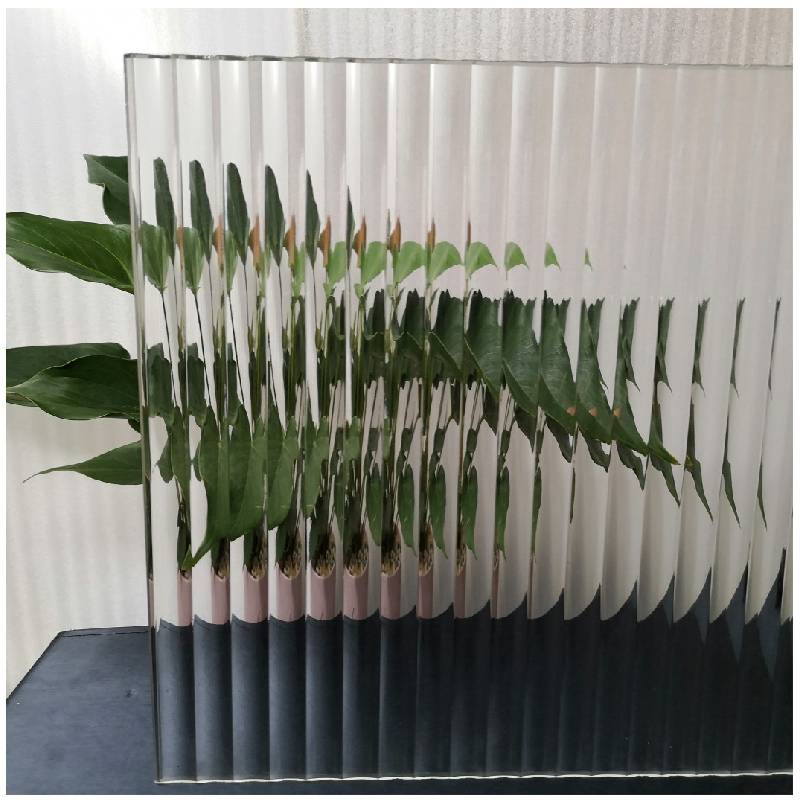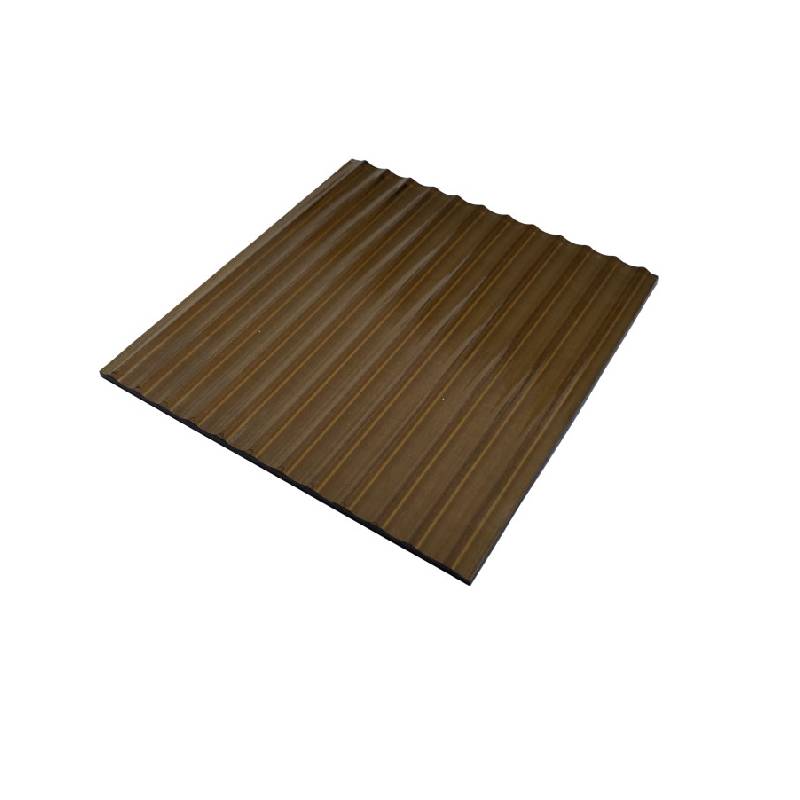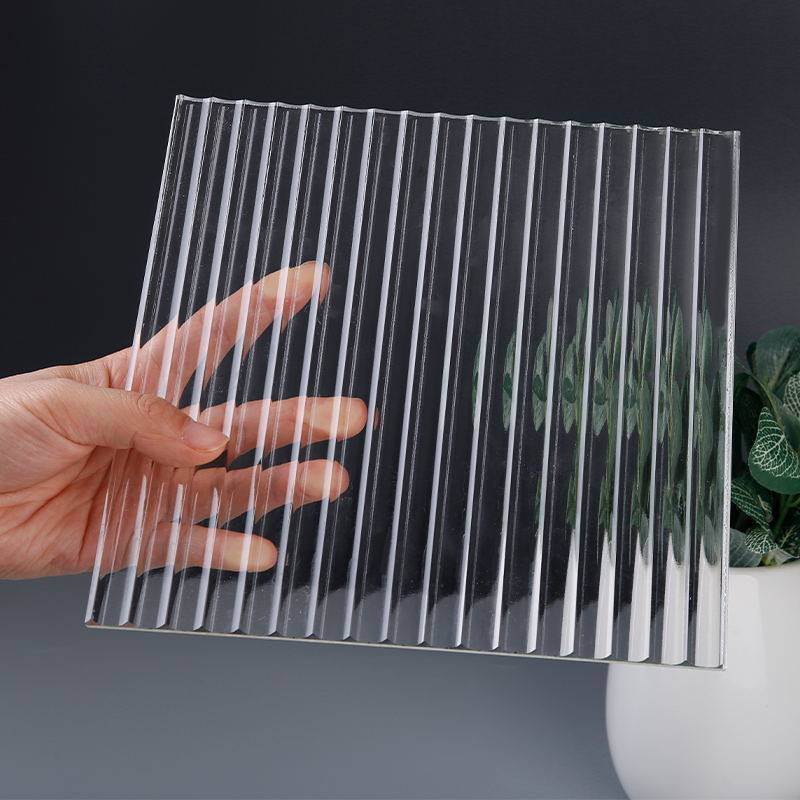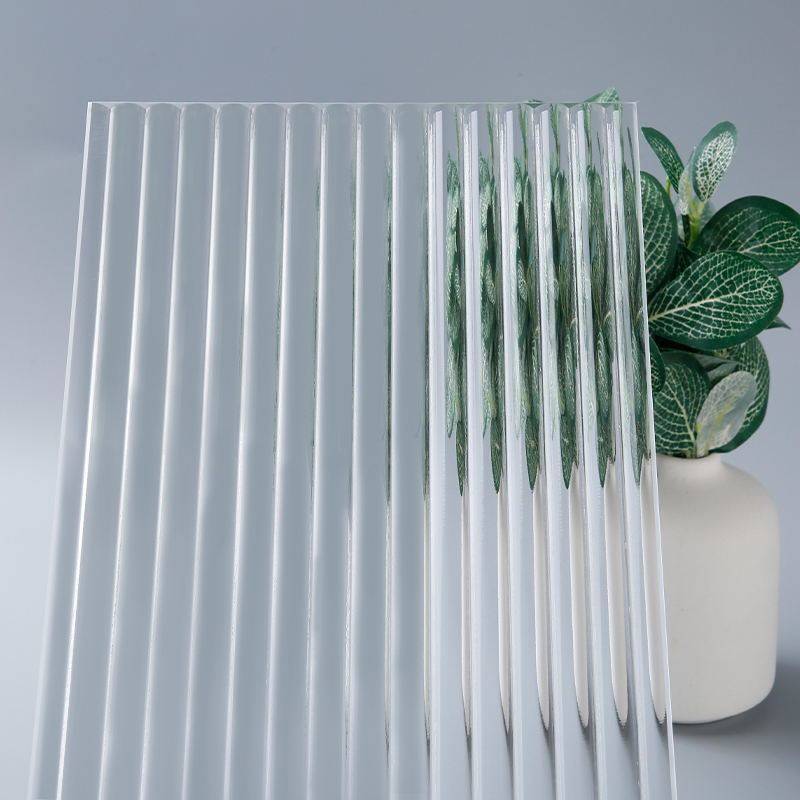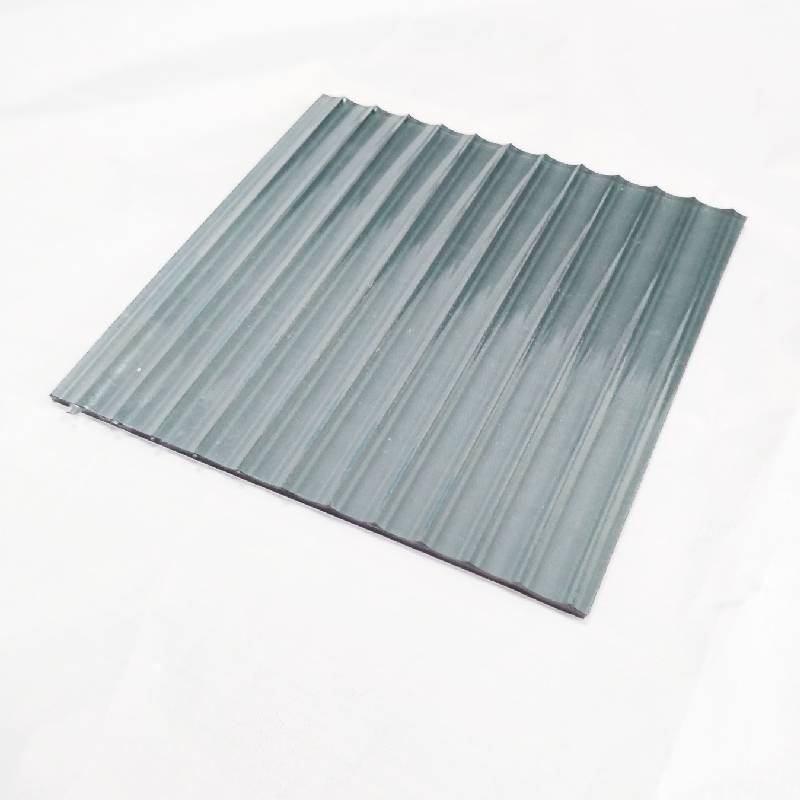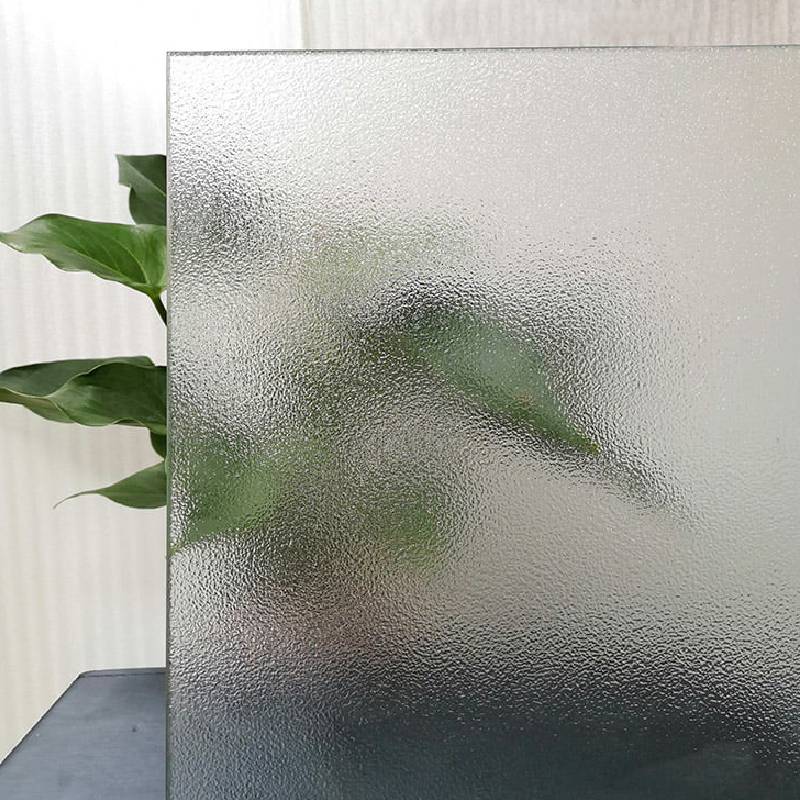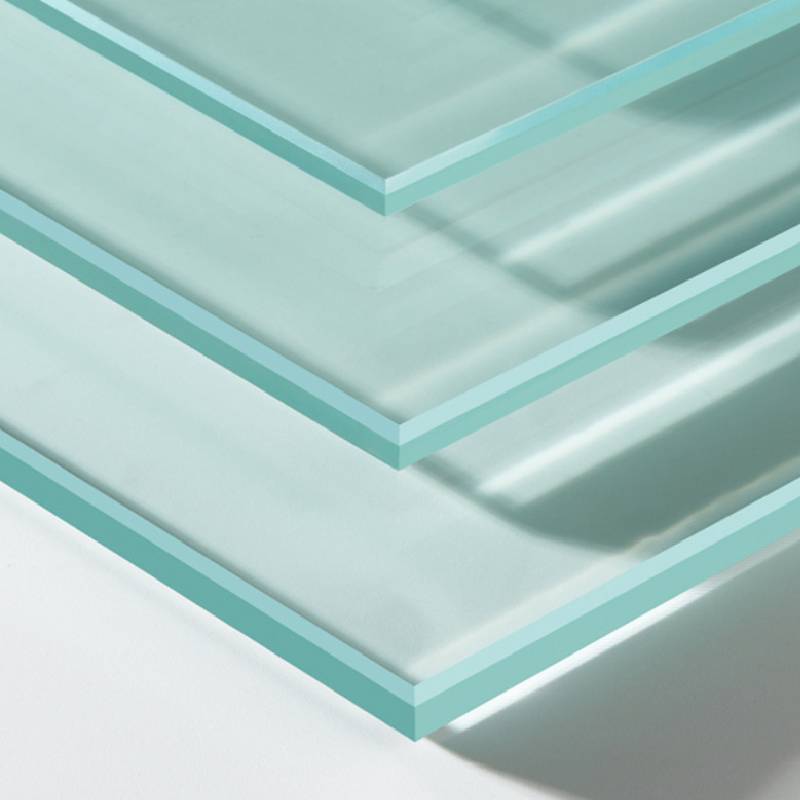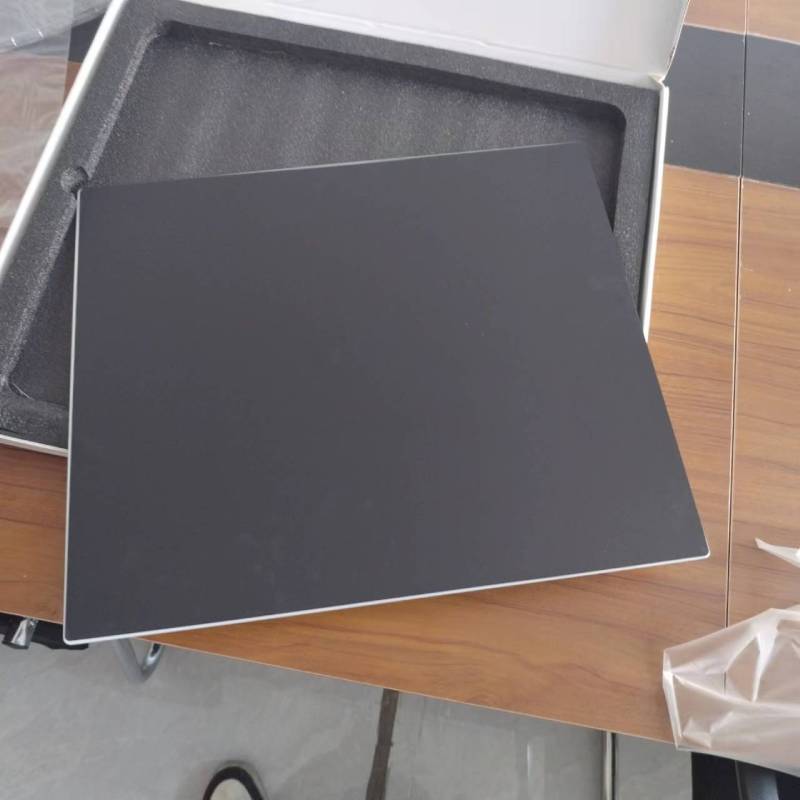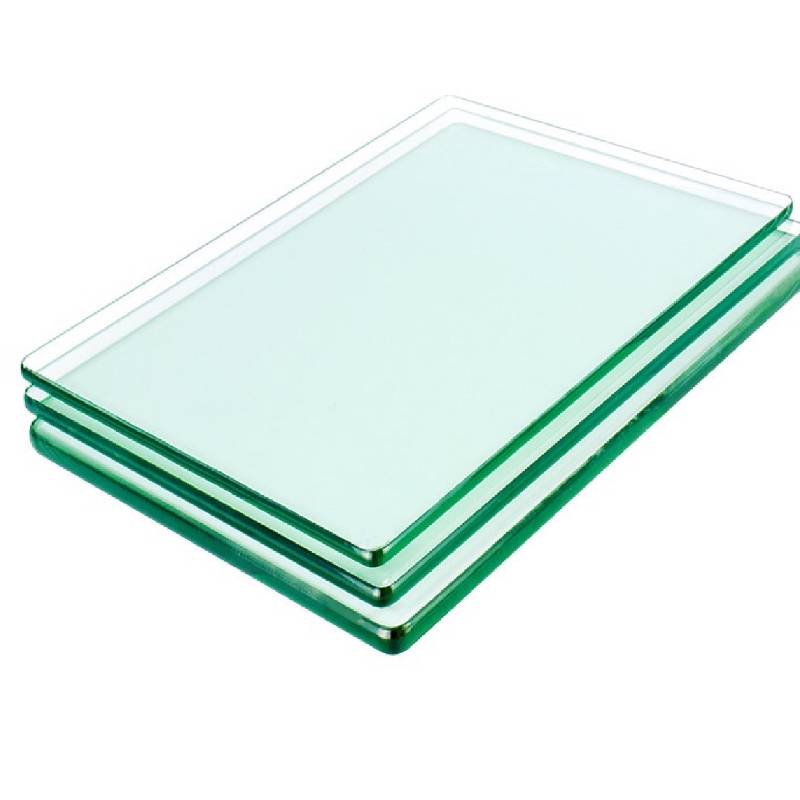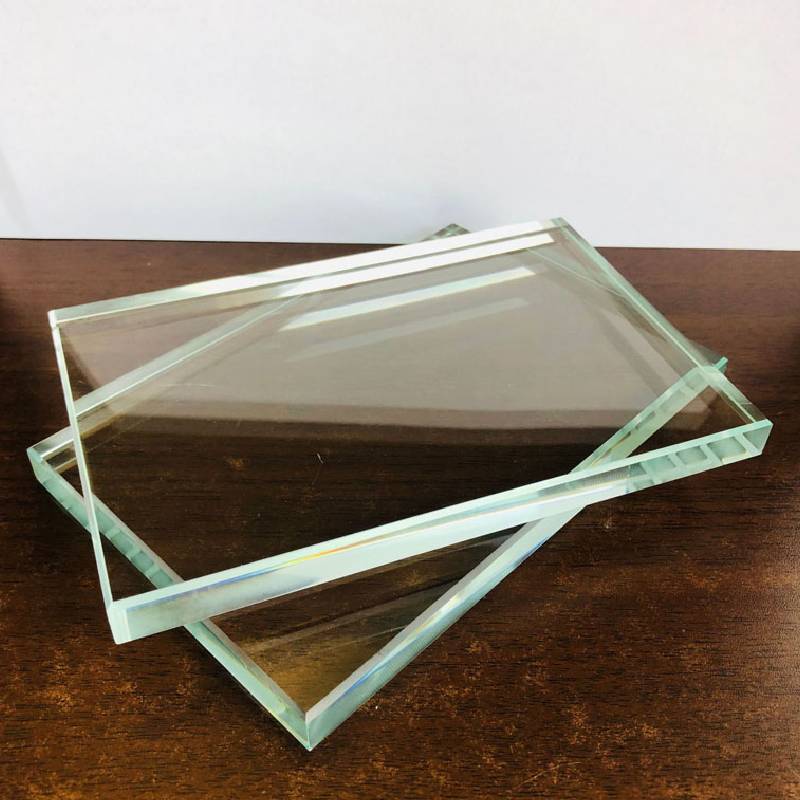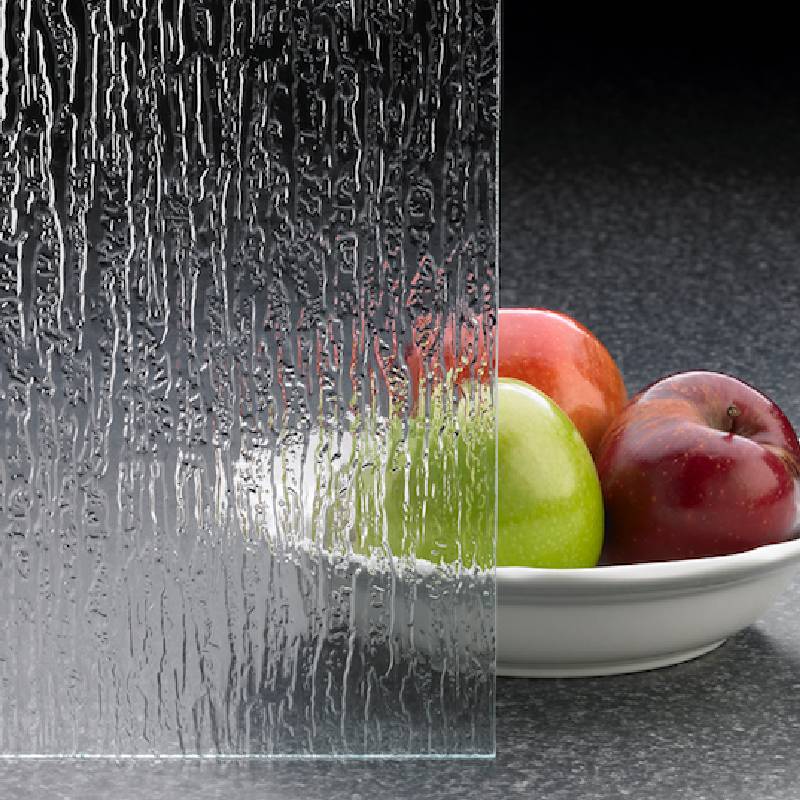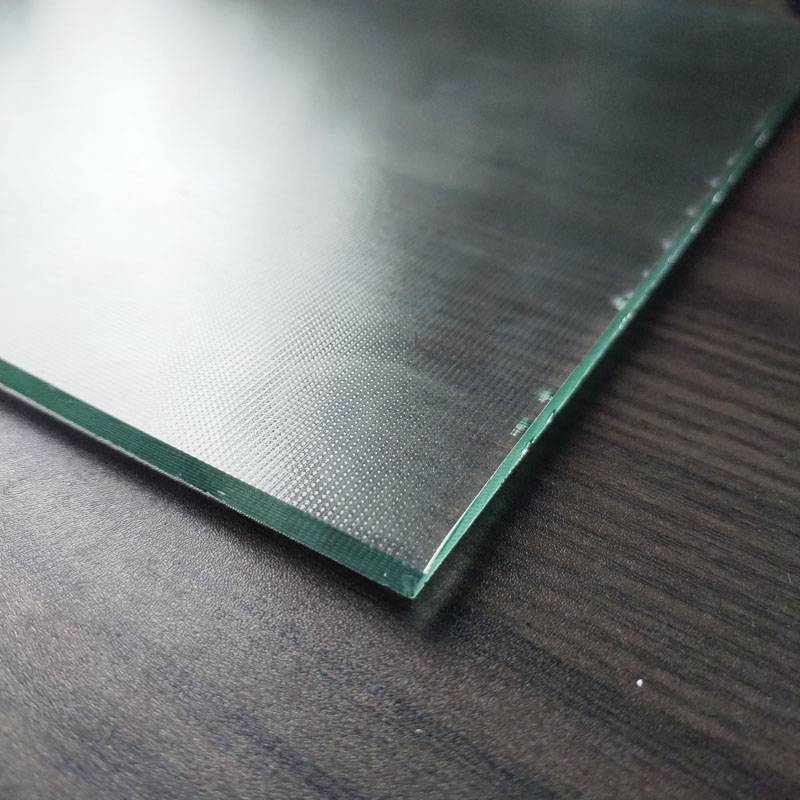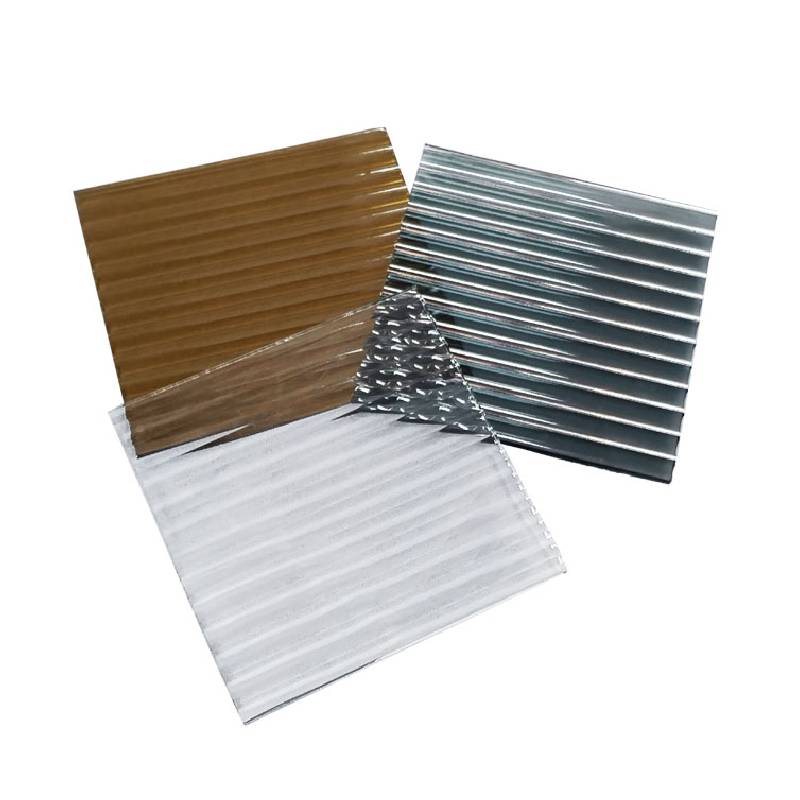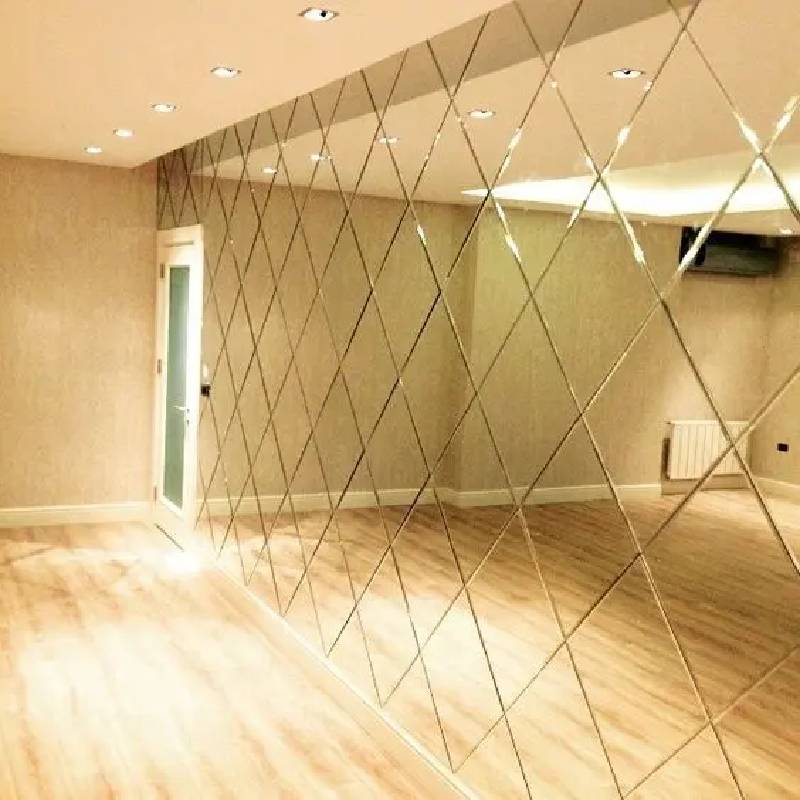- 1. Raw material selection: The process starts with the selection of high-quality raw materials, usually silica sand, soda ash and limestone. These materials were chosen for their purity and consistency, as they greatly influence the final quality of the glass.
2. Ingredients: The selected raw materials are accurately weighed and mixed together in specific proportions. This mixture, called a batch, is loaded into a furnace and melted.
3. Melting: The batch is fed into a furnace that is heated to extremely high temperatures, typically between 1,500 and 1,700 degrees Celsius (2,732 and 3,092 degrees Fahrenheit), depending on the type of glass being produced. Intense heat melts the batch into a viscous liquid called molten glass.
4. Shaping: Once the molten glass reaches the desired consistency, it is formed into the desired shape. This can be done by various methods such as blowing, pressing or moulding. For Moru glass, which often has intricate patterns, techniques such as glass blowing or hand shaping can be used to achieve the desired design.
6. Annealing: Newly formed glass undergoes a process called annealing to eliminate internal stress and strengthen the glass. This involves gradually cooling the glass at a controlled rate to ensure an even temperature distribution throughout the material.
7. Finishing: After annealing is complete, inspect the glass for any defects or blemishes. Any rough edges or sharp points are smoothed away, and the final product is cleaned and polished to enhance its appearance.
- 1. High transparency
Moru glass uses high-quality glass raw materials with high purity, so the transparency is very good and can provide excellent visual effects.
2. A sense of haziness
The vertical line texture of Moru glass has a simple geometric beauty and hazy feeling, which can have a semi-covering effect while maintaining spatial transparency.
3. Transparent but not see-through
Moru glass itself is glass, with the characteristics of glass itself transmitting light. In addition, due to its own grooves with a blurred matte surface, the reflected light, plants or decorations on the other side of the glass can be out of focus. More hazy beauty.
4. Good appearance and wide application
As a high-quality, high-transparency glass material, Moru glass has a variety of functions and functions. It has been widely used in construction, home decoration, automobile and other fields.
Clear Moru glass, ultra clear Moru glass, gray Moru glass, bronze Moru glass, golden Moru glass.
Regular thickness: 4mm, 5mm, 6mm, 8mm, 10mm
Regular size 2000*2440mm, 2100*2440mm, 2100*2800mm, 2100*3300mm
 African
African  ChiAlbanian
ChiAlbanian  ChiAmharic
ChiAmharic  ChiArabic
ChiArabic  ChiArmenian
ChiArmenian  Azerbaijani
Azerbaijani  ChiBasque
ChiBasque  Chiberaruzi
Chiberaruzi  ChiBengali
ChiBengali  ChiBosnian
ChiBosnian  ChiBulgarian
ChiBulgarian  Katarani
Katarani  Cebuano
Cebuano  Kosikeni
Kosikeni  ChiCroatian
ChiCroatian  ChiCzech
ChiCzech  ChiDanish
ChiDanish  ChiDutch
ChiDutch  Chirungu
Chirungu  Esiperando
Esiperando  ChiEstonian
ChiEstonian  ChiFinish
ChiFinish  ChiFrench
ChiFrench  Frisian
Frisian  ChiGalician
ChiGalician  ChiGeorgian
ChiGeorgian  ChiJerimani
ChiJerimani  ChiGiriki
ChiGiriki  ChiGujarati
ChiGujarati  Kiriyoro yeHaiti
Kiriyoro yeHaiti  ChiHausa
ChiHausa  Chihawayi
Chihawayi  ChiHebhuru
ChiHebhuru  kwete
kwete  Miao
Miao  ChiHungarian
ChiHungarian  ChiIcelandic
ChiIcelandic  igbo
igbo  ChiIndonesian
ChiIndonesian  ChiIrish
ChiIrish  ChiItalian
ChiItalian  ChiJapanese
ChiJapanese  ChiJavanese
ChiJavanese  ChiKannada
ChiKannada  Kazaki
Kazaki  Khmer
Khmer  Rwandan
Rwandan  ChiKorean
ChiKorean  ChiKedhi
ChiKedhi  Kiyagizi
Kiyagizi  TB
TB  Ratini
Ratini  ChiLatvian
ChiLatvian  Ritunia
Ritunia  Rukusembogi
Rukusembogi  ChiMacedonian
ChiMacedonian  Malgashi
Malgashi  ChiMalay
ChiMalay  ChiMalayalam
ChiMalayalam  ChiMaltese
ChiMaltese  Maori
Maori  ChiMarati
ChiMarati  ChiMongoria
ChiMongoria  Mayanima
Mayanima  ChiNepali
ChiNepali  ChiNorwegian
ChiNorwegian  ChiNorwegian
ChiNorwegian  Occitan
Occitan  Pashito
Pashito  ChiPersian
ChiPersian  ChiPolish
ChiPolish  ChiPutukezi
ChiPutukezi  Punjabi
Punjabi  ChiRomanian
ChiRomanian  ChiRussian
ChiRussian  Samoan
Samoan  ChiGaelic cheScottish
ChiGaelic cheScottish  ChiSebhiya
ChiSebhiya  Chirungu
Chirungu  Shona
Shona  ChiSindhi
ChiSindhi  Sinhala
Sinhala  ChiSlovak
ChiSlovak  ChiSlovanian
ChiSlovanian  Somari
Somari  ChiSpanish
ChiSpanish  Sundanese
Sundanese  ChiSwahili
ChiSwahili  ChiSwedish
ChiSwedish  ChiTagalog
ChiTagalog  Tajik
Tajik  ChiTamil
ChiTamil  Tatar
Tatar  ChiTelugu
ChiTelugu  ChiThai
ChiThai  Turkish
Turkish  ChiTeki
ChiTeki  Ukrainian
Ukrainian  Urdu
Urdu  Uighur
Uighur  Uzbek
Uzbek  Vietnamese
Vietnamese  Welsh
Welsh  Help
Help  Yiddish
Yiddish  Yoruba
Yoruba  Zulu
Zulu 

